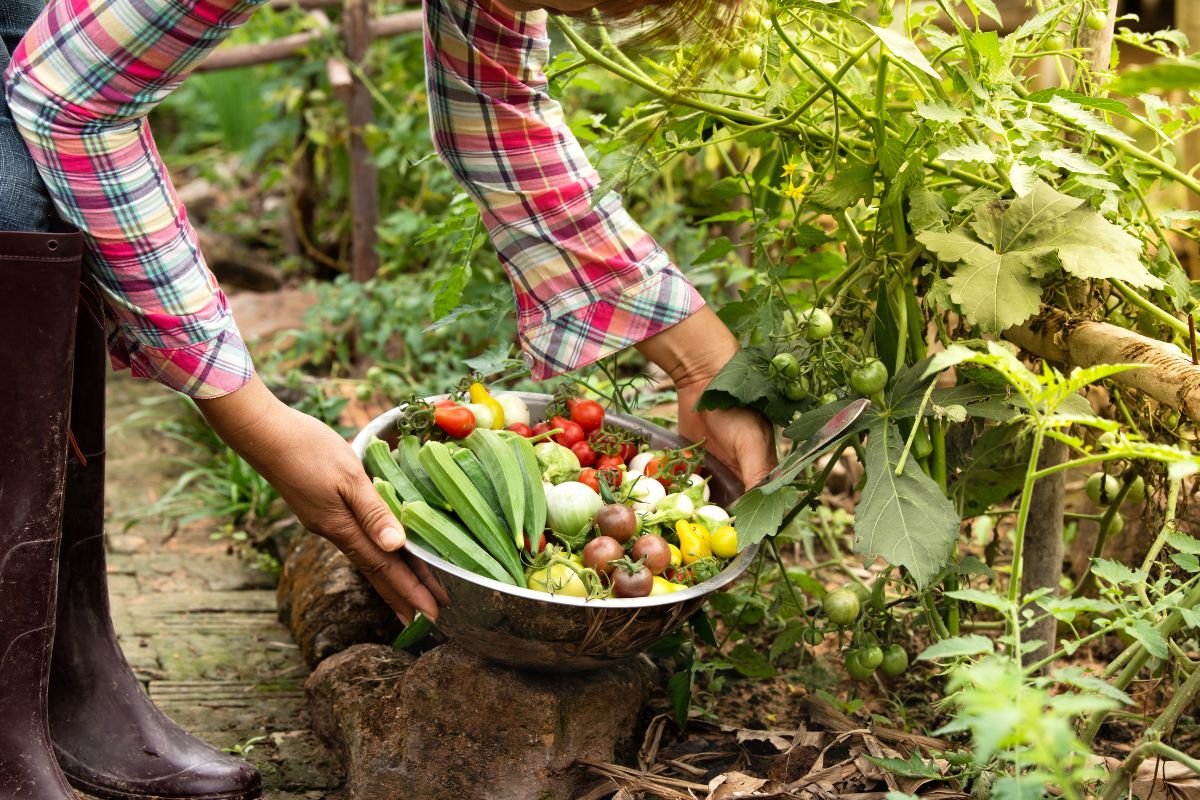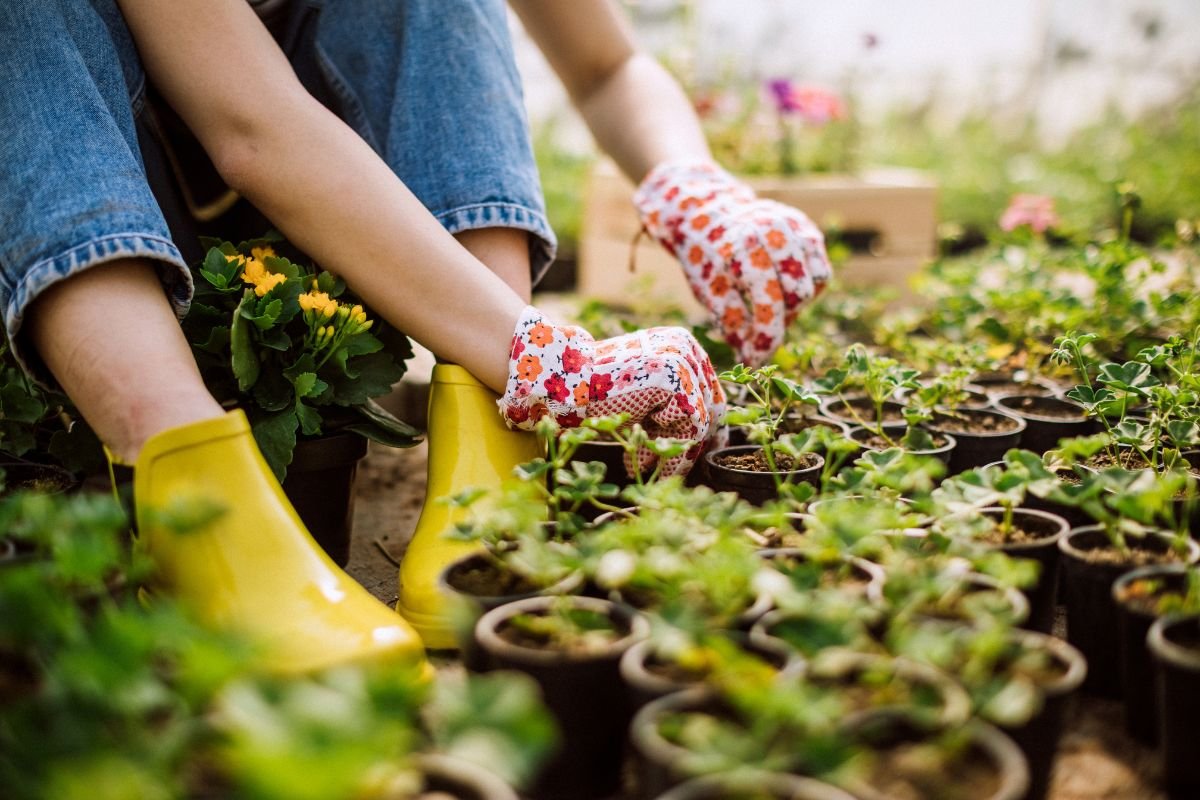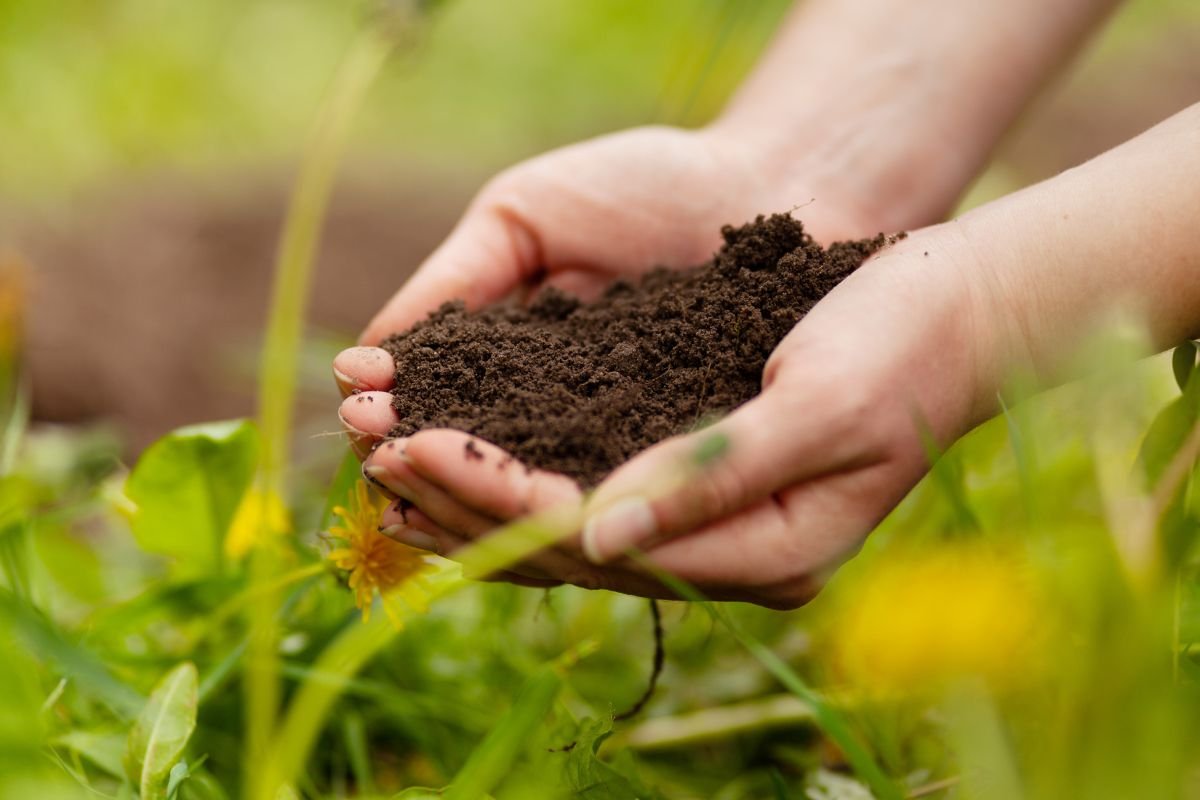As the global population continues to grow, the demand for food increases, putting pressure on agricultural systems worldwide. Sustainable farming practices are crucial for meeting this demand while minimizing environmental impact, preserving natural resources, and ensuring food security for future generations. This guide explores what sustainable farming practices are, why they matter, and how they can be implemented effectively.
What Are Sustainable Farming Practices?
Sustainable farming practices are methods of farming that aim to maintain or improve the quality of the environment, support biodiversity, and enhance the long-term viability of agricultural systems. These practices seek to balance the needs of the present without compromising the ability of future generations to meet their needs. Sustainable farming encompasses a range of techniques and principles designed to promote environmental health, economic profitability, and social equity.
Why Sustainable Farming Matters

- Environmental Protection: Sustainable farming practices reduce soil erosion, improve soil health, and minimize the use of harmful chemicals, leading to a healthier environment.
- Resource Conservation: These practices conserve water, reduce the need for synthetic fertilizers and pesticides, and promote the efficient use of natural resources.
- Biodiversity: Sustainable farming supports diverse ecosystems, encourages the growth of beneficial plants and insects, and protects wildlife habitats.
- Climate Change Mitigation: By reducing greenhouse gas emissions and enhancing carbon sequestration, sustainable farming helps combat climate change.
- Economic Viability: Sustainable farming practices can improve farm profitability by reducing input costs, enhancing soil fertility, and creating opportunities for value-added products.
Key Sustainable Farming Practices

1. Crop Rotation
Crop rotation involves growing different crops in the same field over successive seasons. This practice helps prevent soil depletion, reduces the risk of pests and diseases, and enhances soil fertility.
Benefits:
- Reduces soil erosion and nutrient depletion.
- Disrupts pest and disease cycles.
- Improves soil structure and fertility.
Example:
Alternating between legumes (which fix nitrogen in the soil) and cereal crops (which require nitrogen) to maintain soil nutrient balance.
2. Cover Cropping
Cover cropping involves planting crops specifically to cover the soil, rather than for harvest. These cover crops, such as clover or rye, are grown between main crops or during the off-season.
Benefits:
- Prevents soil erosion.
- Enhances soil organic matter and fertility.
- Reduces weed growth and improves water retention.
Example:
Planting winter rye after the main crop harvest to protect the soil during the winter months.
3. Conservation Tillage
Conservation tillage is a method of tilling the soil that minimizes disruption and maintains soil structure. Techniques include reduced tillage or no-till farming.
Benefits:
- Reduces soil erosion and water runoff.
- Enhances soil organic matter and moisture retention.
- Lowers fuel and labor costs associated with traditional tillage.
Example:
Using a no-till drill to plant crops directly into undisturbed soil.
4. Organic Farming
Organic farming emphasizes the use of natural inputs and practices to maintain soil fertility and control pests. It avoids synthetic chemicals and genetically modified organisms (GMOs).
Benefits:
- Promotes soil health through the use of organic compost and natural fertilizers.
- Reduces chemical runoff and pollution.
- Supports biodiversity and ecosystem health.
Example:
Using compost and natural pest predators to maintain soil fertility and control pests.
5. Integrated Pest Management (IPM)
IPM is a holistic approach to managing pests that combines biological, cultural, physical, and chemical methods to minimize pest damage while reducing environmental impact.
Benefits:
- Reduces reliance on chemical pesticides.
- Enhances pest control through natural predators and beneficial insects.
- Promotes long-term pest management strategies.
Example:
Introducing ladybugs to control aphid populations and using pheromone traps to monitor pest levels.
6. Water Conservation
Water conservation practices aim to use water efficiently and reduce waste. Techniques include drip irrigation, rainwater harvesting, and soil moisture management.
Benefits:
- Reduces water consumption and waste.
- Enhances crop growth and yields through efficient watering.
- Protects water resources and prevents waterlogging.
Example:
Installing a drip irrigation system to deliver water directly to plant roots, minimizing evaporation and runoff.
7. Agroforestry
Agroforestry integrates trees and shrubs into agricultural landscapes to provide multiple benefits, such as improved soil health, increased biodiversity, and enhanced farm productivity.
Benefits:
- Enhances soil fertility and reduces erosion.
- Provides habitat for wildlife and beneficial insects.
- Diversifies farm income through the production of timber, fruits, or nuts.
Example:
Planting fruit trees along the edges of crop fields or integrating shade trees in livestock pastures.
Implementing Sustainable Farming Practices

- Assess Your Farm: Begin by evaluating your farm’s current practices, resources, and challenges. Identify areas where sustainable practices can be applied to improve environmental and economic outcomes.
- Set Goals: Establish clear goals for adopting sustainable practices, such as reducing soil erosion, conserving water, or increasing biodiversity.
- Educate Yourself: Stay informed about sustainable farming techniques and best practices through workshops, extension services, and agricultural organizations.
- Start Small: Implement sustainable practices gradually to assess their impact and make adjustments as needed. Begin with one or two practices and expand as you gain experience.
- Monitor and Evaluate: Regularly monitor the results of your sustainable practices and evaluate their effectiveness. Adjust your strategies based on feedback and outcomes.
- Engage with Others: Collaborate with other farmers, agricultural experts, and organizations to share knowledge and resources. Join local or regional sustainability initiatives to stay connected with the broader farming community.
Conclusion
Sustainable farming practices are essential for creating a more resilient and environmentally friendly agricultural system. By adopting techniques such as crop rotation, cover cropping, conservation tillage, and organic farming, farmers can enhance soil health, conserve resources, and support biodiversity. Implementing these practices requires a thoughtful approach, continuous learning, and a commitment to improving the long-term viability of farming.
As we face increasing environmental challenges and the need for food security, sustainable farming offers a pathway to meet these demands while preserving the planet for future generations. By making informed choices and embracing sustainable practices, farmers can contribute to a healthier, more sustainable world.










